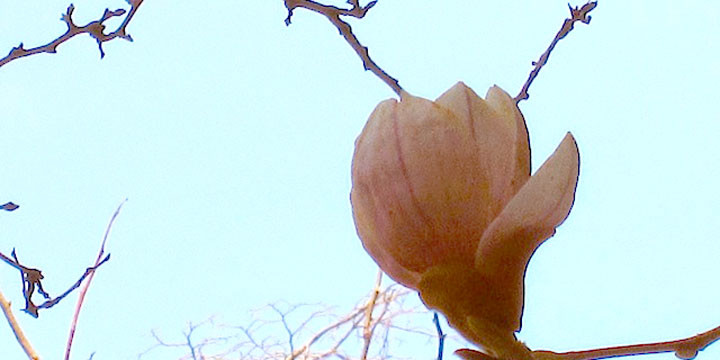After a year of work, the Gulf to Gulf team, is launching a website. It goes live today and is going to be ground-breaking because it will become a platform to connect an educational forum, the webcasts that have been coming out of Gulf to Gulf since 2009, ecological art, hard restoration science and actual restoration projects. Check it out as an Earth Day present!
Our launch date will be auspicious. The launch will proceed the 44th Earth Day, Tuesday, April 22, 2014. Last week, April 14, 2014, the IPCC press release announced it’s new report on climate change. The IPCC report is auspicious because it is the loudest call for action we have heard so far. In a nutshell, the IPCC report says 2 simple things:
1. We must act radically NOW.
2. Rich countries must give poor countries money to rescue them from bearing the consequences of climate change caused by rich countries.
The 44th Earth Day will also be bookended by two critically tragic anniversaries: the March 24, 1989 Exxon Valdez spill and the April 20, 2010 BP Macondo oil spill. Both events have made it clear that significant progress towards protecting the earth from human opportunism must come from ordinary citizens, not institutions. The 44th Earth Day is going to be auspicious because it represents the persistence of hope. That persistence is a testament to the determination people have to protect the earth from untrammeled greed.
This will be a time for hope, not despair.
Almost one year ago, the Gulf To Gulf team was in Memphis, TN., as part of the Memphis Social city-wide exhibition curated by Tom McGlynn. Our mission for the Fish Story – Memphis project was to draw attention to how fish habitat mirrors human environmental challenges. The inspiration to focus on Memphis came from Dr. Gene Turner, whom in response to my question about how to catalyze healing dead zones in the Gulf of Mexico, before the BP spill, had replied “Iowa,” referring to the effluent from factory farms up river. Our premise was that Memphis is sited at a habitat and impact nexus critical to the Mississippi Water Basin. In 1982, it was estimated that water from the Basin serves at least 18 million people. Over thirty years later, presumably that number is higher. At the close of the Fish Story series of events, Dr. Jim White and I calculated what it might take to mitigate climate change (36 % re-greening of the earth).
The Fish Story (and Gulf To Gulf) plan is a bit more specific than planting a tree and much less abstract that a number. If you study any system of tributaries, rivers and watersheds, it is easy to see how systems link up and are interdependent with each other. Those systems can be conceived metaphorically, as all the elements that make a beautiful vocal sound from a human voice. Restoring habitat as a bioregional strategy for conserving habitat is about connecting dots between specific locations (trigger points) in a mapped system. Focusing on fish as the indicator taxa for that system ties our goals to specific externalized results.
The new website, www.gulftogulf.org is just the new leg of a long journey but it will be a significant leg.


Comments